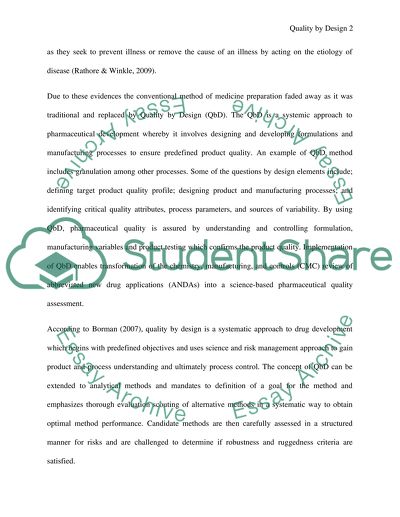Cite this document
(“Conventional Medicine and QbD Essay Example | Topics and Well Written Essays - 2000 words”, n.d.)
Retrieved from https://studentshare.org/health-sciences-medicine/1434173-see-attachment
Retrieved from https://studentshare.org/health-sciences-medicine/1434173-see-attachment
(Conventional Medicine and QbD Essay Example | Topics and Well Written Essays - 2000 Words)
https://studentshare.org/health-sciences-medicine/1434173-see-attachment.
https://studentshare.org/health-sciences-medicine/1434173-see-attachment.
“Conventional Medicine and QbD Essay Example | Topics and Well Written Essays - 2000 Words”, n.d. https://studentshare.org/health-sciences-medicine/1434173-see-attachment.


